Have you used Maya Vray GPU rendering? Surprisingly, Vray gives artists such a unique experience with Maya in terms of speed and rendering. Let’s explore the power of Maya Vray GPU rendering in this article.
Learn about Maya and Vray GPU
Maya
Maya is a popular 3D modeling software today. It is loved by many famous 3D artists and filmmakers. Maya is widely used in the entertainment industry to create cartoons, blockbusters, TV shows, video games, and visual effects. Maya has a wide range of tools and features that allow artists and designers to create 3D models, animations, simulations, and renderings.
Some of the key features of Maya include:
Modeling: Maya allows you to model using vertex, edge, and face-based geometry. In addition, you can use NURBS modeling to build 2D and 3D models. Sculpt and shape models more artistically and intuitively.
Animation: Recently, Maya released new features for animation production. With Plug-in Unreal Live Link, you can transfer animation data from Maya to Unreal in real time. And the Blue Pencil Toolkit lets you sketch poses over time, define arcs of motion, highlight a shot, or add comments and captions to your scene. Along with distortion effects Enhance character and object animations with powerful distortion effects.
Animation in Maya is very popular. Maya gives you a powerful set of tools to make the characters and objects in your scene more vivid. The toolkit allows you to animate any property yourself and control it more easily.
Simulation: Maya allows you to use Bullet to create assets for rendered animations for movies and visualizations and to set up game engines and real-time simulations. The Maya Nucleus system includes a wide range of nucleus objects, including cloth, particles, hair, soft bodies, and passive collision objects, as well as dynamic constraints and the Maya Nucleus solver. Use particles to create a variety of effects such as fire, smoke, fluid, and rendered geometry.
Rendering: Maya has a powerful rendering engine that allows users to create high-quality renderings of their 3D scenes and animations.
Scripting: Maya has a scripting language called MEL (Maya Embedded Language) that allows users to automate repetitive tasks and customize the software to their specific needs.

Vray GPU rendering
Vray GPU rendering is powerful 3D rendering software for fast, realistic, and responsive results as you work. V-Ray® GPU maximizes interactive performance using all of your GPUs and/or CPUs and delivers identical results.
Vray GPU rendering uses NVIDIA graphics cards for 2x faster rendering results. In particular, V-Ray GPU renders on both CPU and NVIDIA GPU with the same results. The new contextual UI automatically adapts to your V-Ray GPU workflow. Currently, Vray GPU rendering is available in 3ds Max and Maya.
See more key features of Vray GPU
Benefits of using Maya Vray GPU rendering
- Faster render time: Vray GPU rendering can accelerate rendering much faster than CPU rendering because GPU uses NVIDIA graphics cards, is optimized for parallel processing, and can handle large amounts of data. In addition, it speeds up scene rendering during work and allows for faster iteration times, which is especially useful when working on complex projects with tight deadlines.
- Real-time preview: V-Ray GPU rendering allows you to preview render results and make adjustments while working. You can see the scene change as you make changes in real-time. This can be extremely useful when adjusting lighting and materials in Maya, as you can see the impact of changes in your scene immediately.
- More flexibility: V-Ray GPU rendering can use a variety of hardware configurations, and you have the choice of using desktop workstations or cloud-based rendering farms. You can optionally scale up or down your render resources as needed, depending on the size and complexity of your project.
- Improved rendering: GPU V-Ray rendering produces high-quality final renderings with realistic lighting and materials using advanced algorithms and techniques.
- Efficient Workflow: V-Ray GPU rendering seamlessly integrates with Maya, allowing you to use the same tools, easily, and without spending too much time on setup and operation.
Best render farm for Maya Vray GPU rendering
Maya Vray GPU rendering gives you a lot of benefits in the modeling and rendering processes. For 3D design artists, this is a great pairing for modeling and rendering. However, to work with Maya Vray GPU rendering effectively, you need a powerful workstation. It will be difficult for artists who can’t afford to build a powerful workstation to work with. Then, in addition to the workstation, we can still use render farms that support Maya Vray GPU rendering.
As we said above, you can completely use the resources of the render farm to render for your Maya Vray rendering project. And below are the render farms that support Maya and Vray GPUs that you can choose from.
GarageFarm
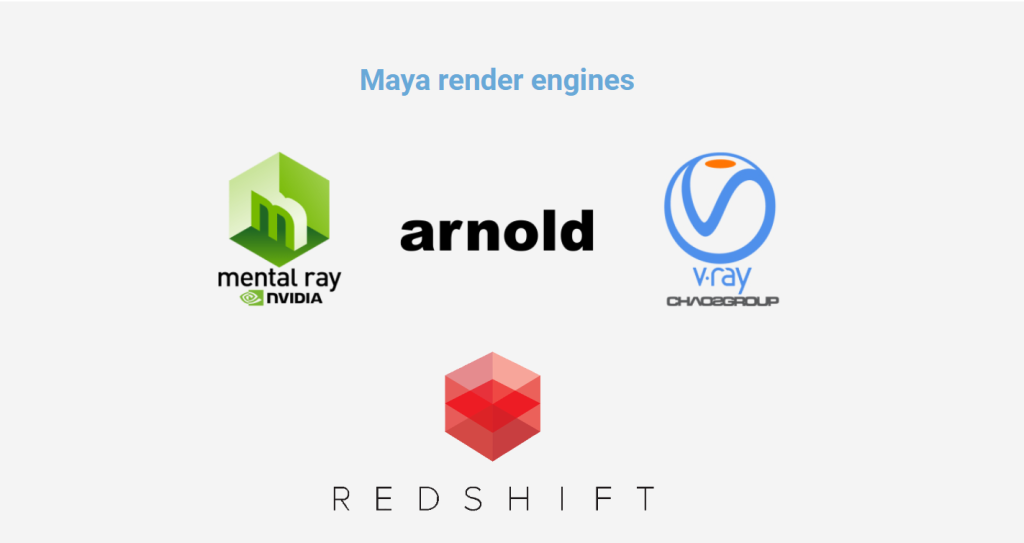
Using Maya and Vray GPU rendering, Garage Farm offers GPU and GPU rendering. So, deciding on the appropriate method (GPU or CPU) to render your projects is simple.
You should be aware that Garage Farm is a SaaS render farm, though. It indicates that Garage only supports a specific version of Maya and the Vray GPU. Before using this render farm, make sure your version is current.
Below are some specifics on Garage Farm:
- Hardware: For CPU rendering, Intel Xeon V4 and AMD Epyc 3rd generation. For GPU rendering, Tesla K80 and P100 are used.
- Cost: For CPU rendering, from $0.015 per GHz to $0.06 per GHz. GPU rendering costs range from $0.0025/Obh to $0.0050/Obh.
Rating and review of GarageFarm
Ranch Computing
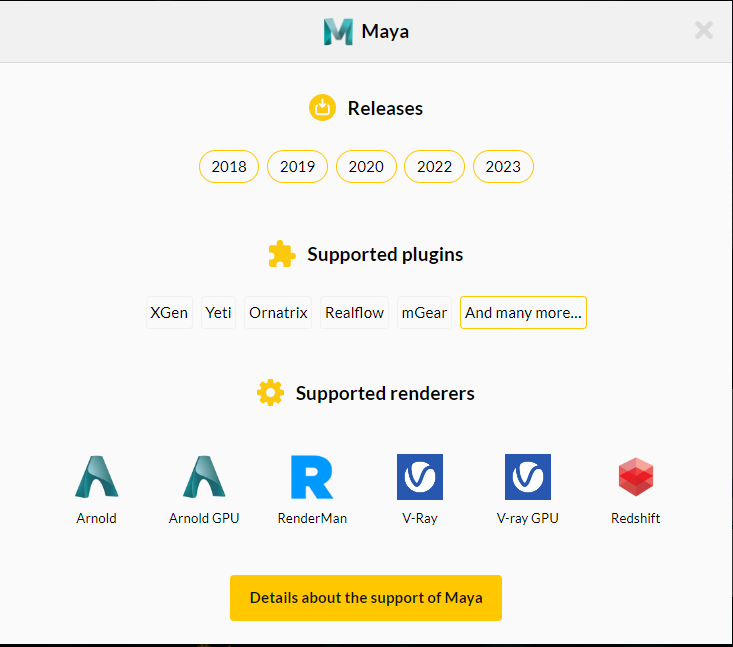
French render farm Ranch Computing specializes in offering high-performance 3D rendering services. This farm has been in the business for 15 years. They provide a SaaS platform with a RANCHecker plugin for your modeling program.
This RANCHecker feature is meant to assist you in determining whether the project is appropriate; if it is, it will upload to RANCHecker, and you can then submit it on their website. And watch for them to go forward, demonstrate, and let you know when the finished product is ready.
- Hardware: 128 or 156 GB RAM, up to 192 CPUs or 56 GPUs
- Pricing: Hourly rates range from $0.011 to $0.047. Although the trial is free, a subscription is required.
Maya Vray GPU Rendering supported:
- Maya versions: 2019, 2020, 2022, 2023
- V-ray GPU versions: 5.20.02 to 6.00.02
Rating and review of Ranch Computing
iRender
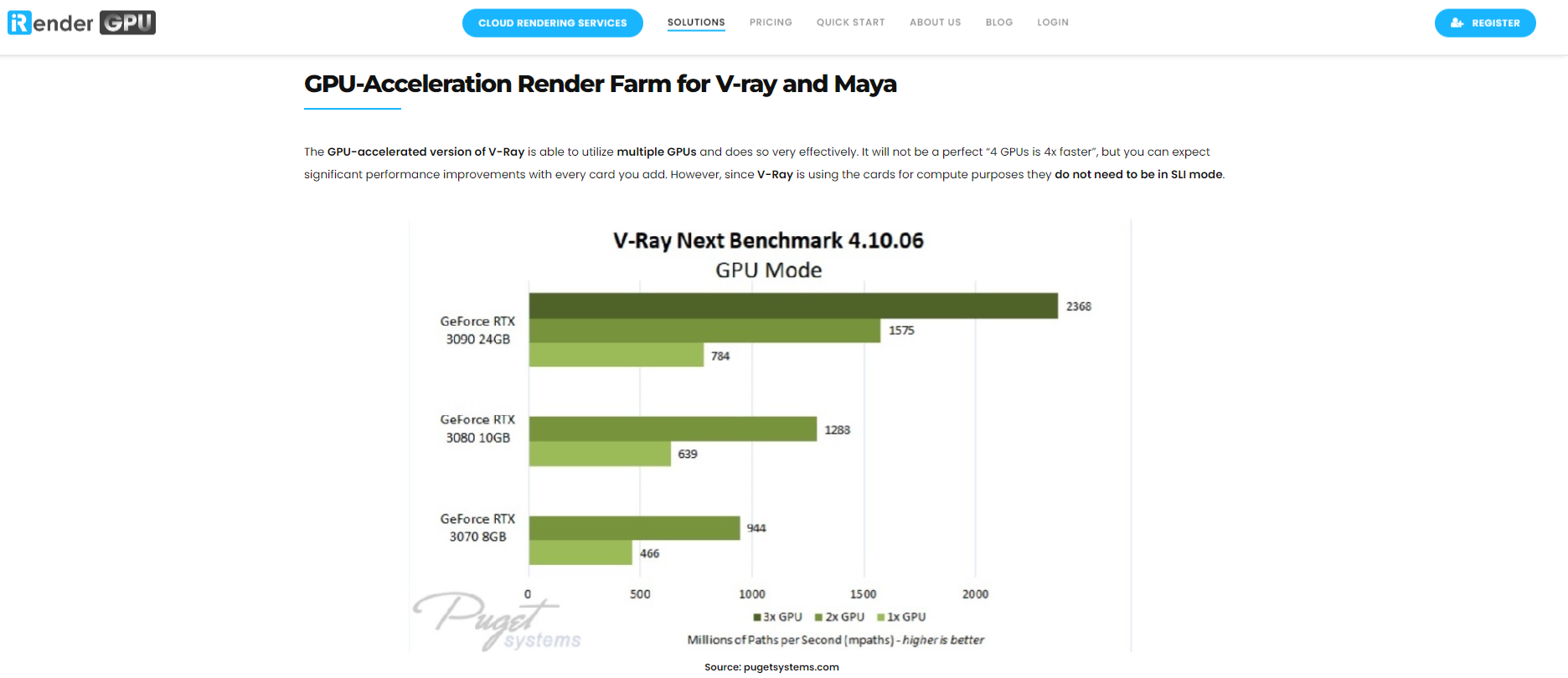
With powerful render nodes: 2/4/6/8x RTX 4090, the iRender Render Farm is a GPU-acceleration cloud rendering service for V-Ray multi-GPU rendering. Take advantage of working with a scalable infrastructure by renting servers in the IaaS Render Farm paradigm (Infrastructure as a Service).
As a result, you can set up any version of these two software packages as well as any version of Maya Vray GPU rendering (running on Windows 10, Linux, etc.).
- Hardware: AMD RyzenTM ThreadripperTM PRO 5975WX At 3.9 GHz, RTX 4090, 256–512 GB RAM, and 24GB VRAM.
- Cost ranges from $7.2 per hour per node to $42 per hour per node. 50% of the bonus will go toward kids’ education.
iRender support all version of Maya and Vray GPU rendering.
In summary, Vray GPU rendering is a great choice for Maya. Not only is it integrated with each other, but Maya Vray GPU rendering also speeds up the rendering process and optimizes your workflow. On the other hand, 3D artists can use the render farm we listed above to speed up their renders, especially with time-constrained projects.


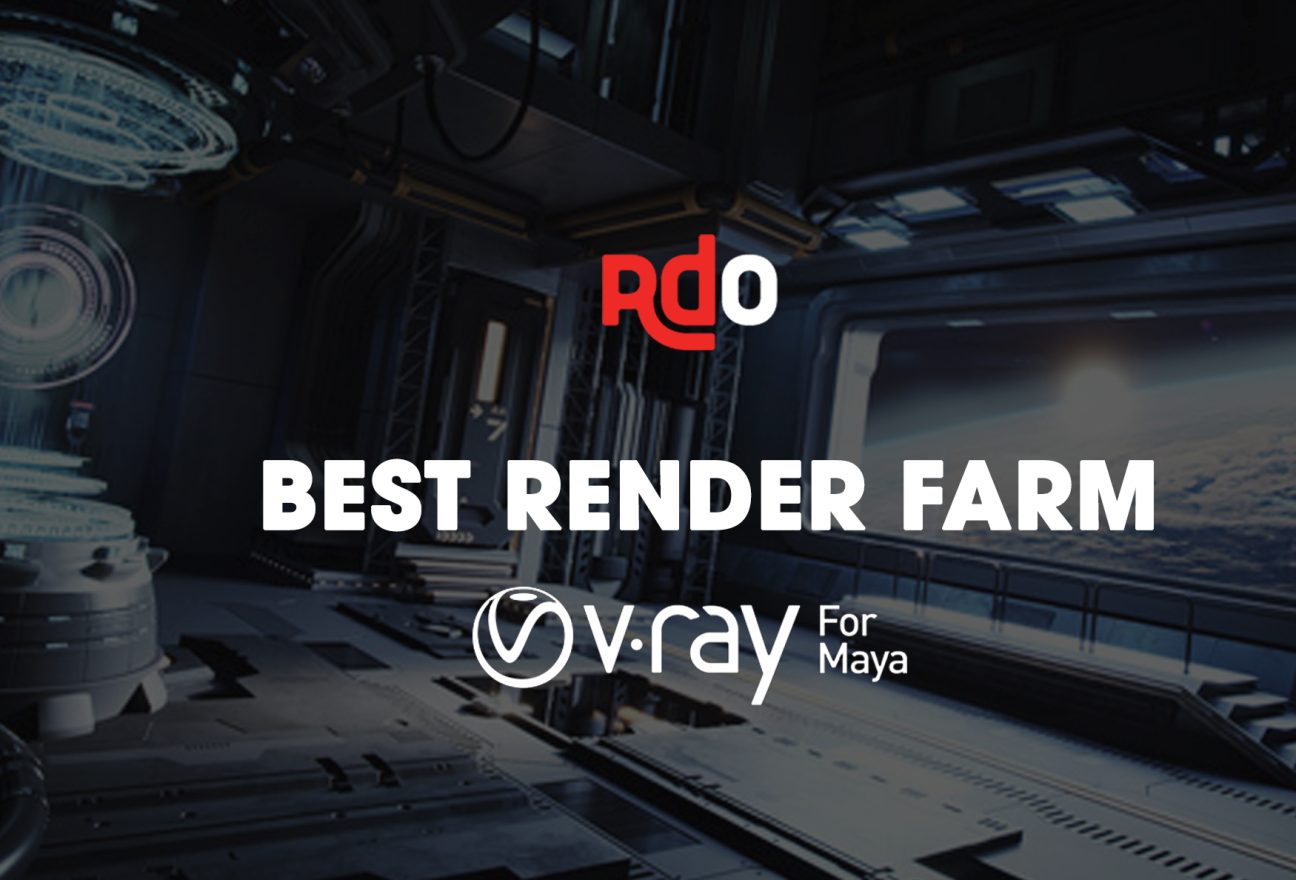
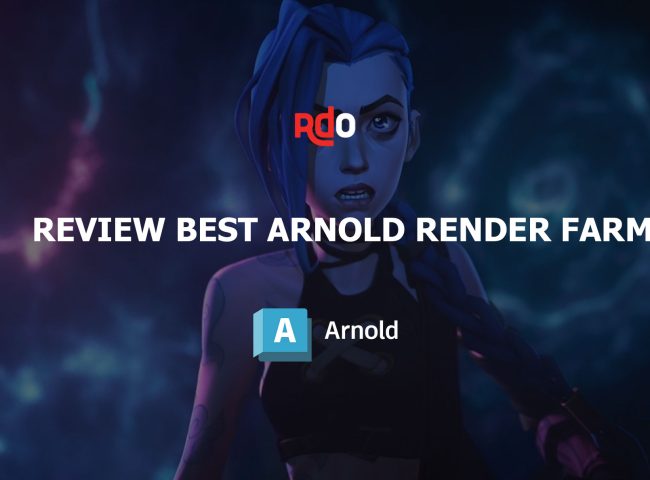
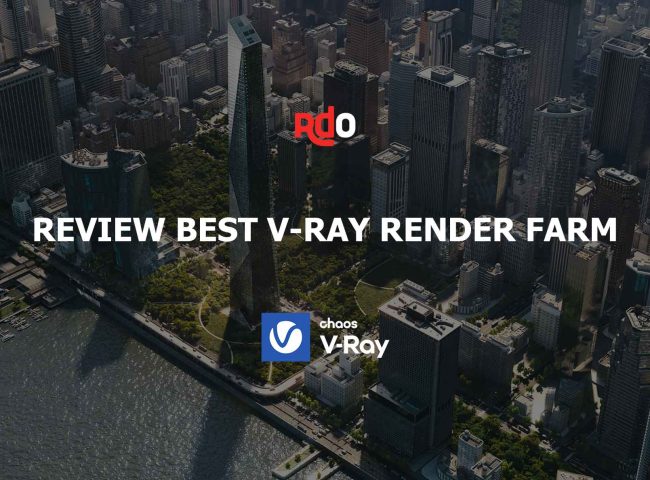
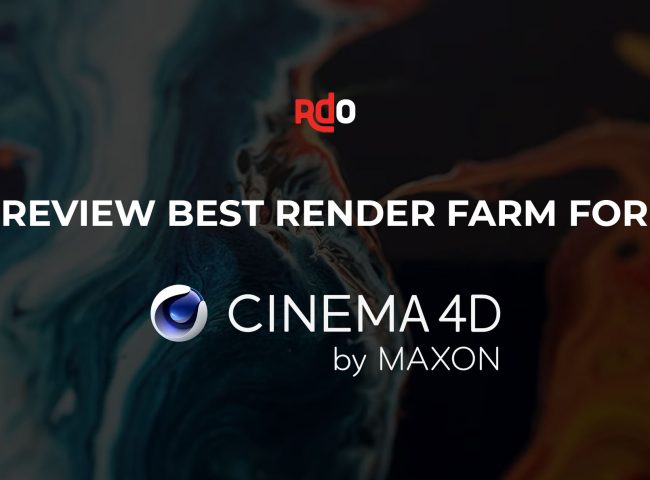
Leave feedback about this